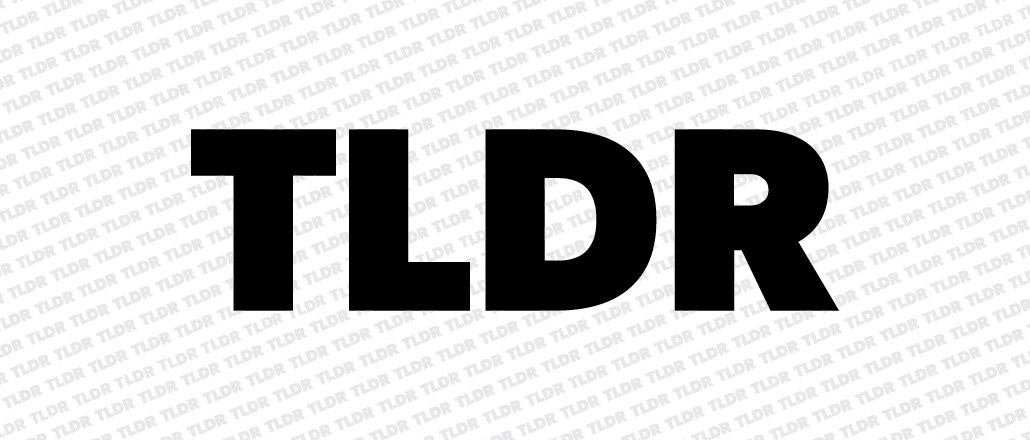
For the past six weeks, Digiday has experimented with a new way for people to get our content.
There’s the regular version of stories, typically clocking in at 500-800 words, and then there’s the 70-to 80-word TLDR version.
The idea is that in a media world rapidly shifting to mobile devices, news content hasn’t done enough to change to fit new behavior patterns. This was a topic that came up in a recent podcast we recorded with Kevin Delaney, president and editor-in-chief of Quartz, who decried the tyranny of the 800-word article, a relic from newspapers.
In order to demystify TLDR — it stands for “too long; didn’t read” — we asked Hannah Yi, our new video producer, to find out if the denizens of New York knew what TLDR stands for. Here’s what we learned.
WTF is TLDR? from Digiday on Vimeo.
More in Media

From sidelines to spotlight: Esports events are putting creators center stage
Esports events’ embrace of content creators reflects advertisers’ changing priorities across both gaming and the wider culture. In the past, marketers viewed esports as one of the best ways to reach gamers. In 2025, brands are instead prioritizing creators in their outreach to audiences across demographics and interest areas, including gaming.

Condé Nast and Hearst strike Amazon AI licensing deals for Rufus
Condé Nast and Hearst have joined the New York Times in signing a licensing deal with Amazon for its AI-powered shopping assistant Rufus.

Media Briefing: AI payouts may be entering a new era
AI compensation is evolving — and new models, not just publisher demands, are driving the shift beyond flat-fee licensing.





